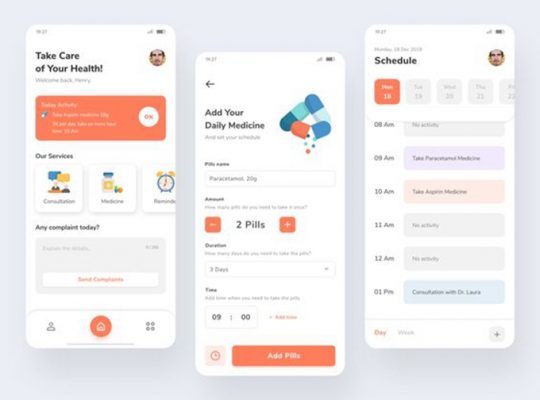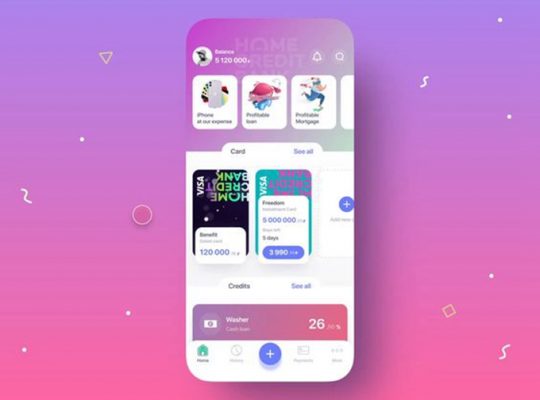App Discovery is one of the biggest issues the App Store has. iOS 8 kind of tried to solve this problem; but the sheer size of the store, with more than 1.3 million apps, will always make app discovery a difficult process. Another factor that contributes to this situation is the search engine.
Table of Content
- Competitors’ keywords
- android app ranking
- app store optimization plan
- google play store app ranking
How To Brainstorm Keywords For Your App?
Search in the App Store is primitive; it still depends on a Keywords field and the keywords found on the App Name, the Publisher name and the In-App Purchases display names. That’s why Keyword Optimization, or KWO, is so important in App Store Optimization for iOS. You depend on them to actually appear on the search results.
The first step for Keyword Optimization is brainstorming list of keywords and keyphrases. It might not look so critical as the actual keyword analysis, but it is; search terms you don’t consider here obviously will never be analysed at all.
You have to consider all possible keywords and keyphrases that could lead to your app.
The scope has to be huge.
I’ve found that an ideal list has, at least, 2000 keywords and keyphrases per language.
Below, I listed some methods to brainstorm them that won’t leave any possible leads out of the optimization process later on.
1. ACTUALLY BRAINSTORMING YOURSELF
Since artificial intelligence still doesn’t process culture, history nor have the complexity of a human brain, I’m afraid you will have to kickstart the list yourself.
Literally, write down whatever comes to mind when thinking about your app.
If it is a game, consider its mechanics, and list all the related keywords and key phrases, such as player resources and actions, objects, powerups, enemies, and challenges.
For other apps, think about its functionality, the problems it solves, places where it will be used, what tools it has, etc.
Additionally, write down keywords related to your app’s appearance. List your game character skins, the level themes, the character styles, and so on. Is your productivity app clean and follows the new post-iOS 7 design standards or use iOS 8’s new technology? List this too.
As for using plurals, the debate continues in the ASO community. The App Store’s algorithm supports the combination of plural and singular word search results (same with typos). However, it is still not reliable enough, especially in languages other than English, where Apple does not have such an intelligent algorithm to deal with a different language, especially with irregular plurals, i.e., where a plural requires more than just adding an “s.” I’d treat plurals as different words, just to be sure.
After some time, you should have a considerable list with a large scope. As an example, a racing game would have keywords, such as:
2. USING THE GOOGLE ADWORDS KEYWORDS PLANNER
Formerly known as Google Adwords Keyword Tool, the Keyword Planner is great for generating new keywords and finding related keywords. But the true value of this tool lies in providing good keyphrases using your current keyword list. Input the brainstormed list complemented with the competitors’ keywords in the tool to get even more keywords and keyphrases.
There are many ways to use the Keyword Planner. I usually follow these steps and it returns great results:
- Visit https://adwords.google.com
- On the top bar, select Tools and then Keyword Planner.
- Choose Search for new keywords and ad group ideas.
- In the first box, Your product or service, briefly describe your app (e.g., “future cartoon racing game”).
- In the second field, Your landing page, put in the website of a competitor app or a Wikipedia page connected to your app to get even more keywords and keyphrases. Any webpage with a lot of well-organized content can likely provide good ideas.
- In the Product Category field, you do not really need to select anything. Otherwise, use it to filter the soon-to-be generated list, but don’t select something too specific.
- When finished, click Get Ideas.
- On the next page, select the Keyword ideas tab.
At this point, you should have hundreds of keywords and keyphrases. You can add them all to your main list, or you could filter some out. Look at the left sidebar and on Customize your search, click Keyword filters. Input “1000” in the Average monthly searches field. This should eliminate most of the extremely specific or very long keywords and keyphrases.
The other tool that you can use is the listing multiplier. To do so, follow these steps:
- Visit https://adwords.google.com
- On the top bar, select Tools and then Keyword Planner.
- Select Multiply keyword lists to get new keyword ideas.
- In the left field, List 1, paste part of your keyword list. It works best with only keywords and two-word key phrases.
- In the right field, List 2, place another part of your keyword list. Choose short terms as well. (If you want, you can use the third list in the multiplication, but it is not necessary).
- Click Get Estimates.
Repeat until you have all the relevant keywords.
You may want to put the entire list in a spreadsheet and create a formula to identify repeated terms. If a group of new keywords and keyphrases contain more than 70 percent of repeated terms, your research is becoming non-productive. In this case, move on to other sources of keywords.
3. YOUR COMPETITORS’ KEYWORDS
Even if you have not yet released your app, considering that over 1.3 million apps are available in the App Store, it is highly likely that some are already competing for your future users.
First of all, list your competitors. Search the store for apps with similar functionality and theme. Then, look for ones with the same art style. With games, find all major apps with the same mechanics. Consider any ones that your target audience might download as well as ones similar to yours.
SPYING THEIR KEYWORDS
The main App Store Optimization services on the market (here are some of them) have automatic tools for this, reducing the time required for this task.
Usually, they are named “Keyword Spy” or “Competitor’s Keywords”. These tools match search results with the searched keyword or keyphrase, so the list you get is made from words found on all metadata fields the search engine checks for keywords—they are not necessarily found on the Keywords field only.
LOOKING AT REVIEWS
Another way to find interesting keywords is by analyzing your competitors’ positive reviews.
Some ASO services have review analysis tools, matching keywords from reviews to the score users gave. The result is a list of features users liked the most about the app.
4. THESAURUS
A thesaurus helps you find alternative words to describe your app.
Since with any language, multiple words can convey a similar idea, you could lose valuable relevant traffic if you do not know enough vocabulary. A thesaurus proves especially useful if you are not a native speaker. Moreover, even if you are fluent, you may not think of some important regional terms and slang.
The best online options are Thesaurus.com and Synonym.com. Since you can only search for one word at a time, only use this method for the most relevant keywords.
5. SEARCH SUGGESTIONS
Another simple way to find valuable keywords and keyphrases is by typing in keywords, letter by letter, in a search engine and waiting for the autocomplete to offer suggestions. The top two search engines to use are Google (on an incognito window), for it is popularity and quality, and the App Store, for its relevance; after all, your users will be using it to find your app.
Remember that long keyphrases are common on the web, but not in the App Store. Keep this in mind when adding Google results to your list. Instead of queries like “who is the president of the USA,” the condensed “president USA” can work as a keyphrase for your app.
Next, with the App Store, you have two sources of keywords: the suggestions pop-up like with Google, and after searching, the “Related” search bar that appears above the search results.
Some tools automate this “search and wait for results” process.
One of the best is Ubersuggest, widely known by SEO professionals. To use it, enter your keyword or keyphrase in the search field, select your country (if you are doing this for a specific store), and click “Suggest.” Ubersuggest returns the top 10 keywords and keyphrases for the term as well as the term plus every numeral and letter of the alphabet. For example, if you search for “red car”, it returns keyphrase suggestions for not only “red car”, but also for those starting with “red car 0” to “red car 9” and “red car a” to “red car z.”
Conclusion
In the end, these tools are there to help you—they won’t generate the perfect list. Although you must do this process with an open mind, there has to be a minimum level of relevance. There’s no point adding “fish” to a camera app or racing game. Unless you manage to make an app for underwater photographers, or… Fish racing? As you can see, it’s a case-by-case scenario.
Go with your guts. Remember: this list will be the basis of your Keyword Optimization (KWO) process. You fail here, you probably won’t recover the keyphrases later. It looks that I’m exaggerating, but having a great list to work with always made the difference in my App Store Optimization process.





